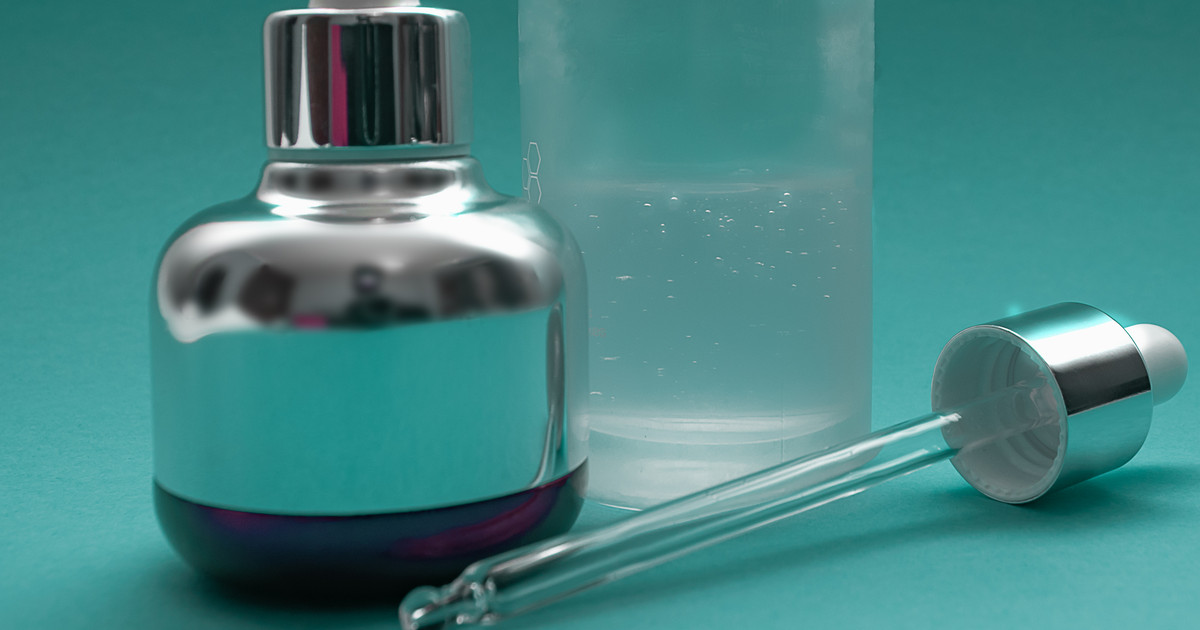Guide To Treating Sagging Skin
Sagging skin develops due to the body's natural aging process. Aging causes the skin to produce less collagen and elastin, and facial skin gradually sags due to this decrease. Smoking, excessive sun exposure, rapid weight loss, repetitive facial expressions, and some sleeping positions are believed to increase the severity of skin sagging. Patients typically start to notice sagging facial skin in their 60s. The eyelids and the skin around the jawline are the primary areas of sagging.
Dermatologists and plastic surgeons can assess the patient's skin and recommend appropriate treatments. Dietary supplements and anti-aging serums for sagging skin may be useful for minor cases. Some patients require brow lifts to help get rid of sagging skin. Face lifts and botox injections for sagging skin can also help.
Collagen Supplements

Since skin sagging is caused by reduced collagen, individuals may choose to use collagen supplements as a treatment. Most collagen supplements are derived from animal products, but some manufacturers offer vegan collagen. Before taking any collagen supplements, patients should check with their doctor to verify if collagen is safe for their particular health needs. Studies have shown that collagen supplements are possibly safe when used at a daily dose of up to forty milligrams for no more than twenty-four weeks. Although side effects are uncommon, some individuals could experience headaches, swelling, dizziness, and insomnia during treatment. Liver problems have occurred, and patients might want to have their liver function checked periodically while taking collagen supplements.
Learn more about how to treat sagging skin now.
Retinol Products

Retinol products can help reduce signs of skin aging, including sagging skin. Many of them are available over-the-counter, although more powerful formations require a prescription. Derived from vitamin A, retinol helps increase the production of collagen and elastin. It also improves the turnover rate of skin cells. Retinol is used in many different serums, creams, spot treatments, and other skincare products. However, any product with retinol or retinoid should only be applied at night. They make the skin more sensitive to the sun. Since retinol can cause irritation and dryness for some individuals, it is important to start slowly when using a product with retinol for the first time. Individuals should also begin with a weaker retinol product to avoid irritation.
After cleansing the skin, patients should apply a pea-sized amount of their chosen product. They should also only use it once or twice a week initially. Patients should watch for any redness or skin flaking. After the first few weeks, patients can start applying the product more frequently, such as twice a week for another few weeks. They can gradually work up to daily use. If signs of irritation occur, users may want to stop using that particular product and consider switching to a different formulation. Retinol products need to be used daily for several months. Generally, it takes three to six months of daily use to notice improvements in the skin. Optimal results are typically seen within one year of use.
Continue reading to discover more information on treating sagging skin now.
